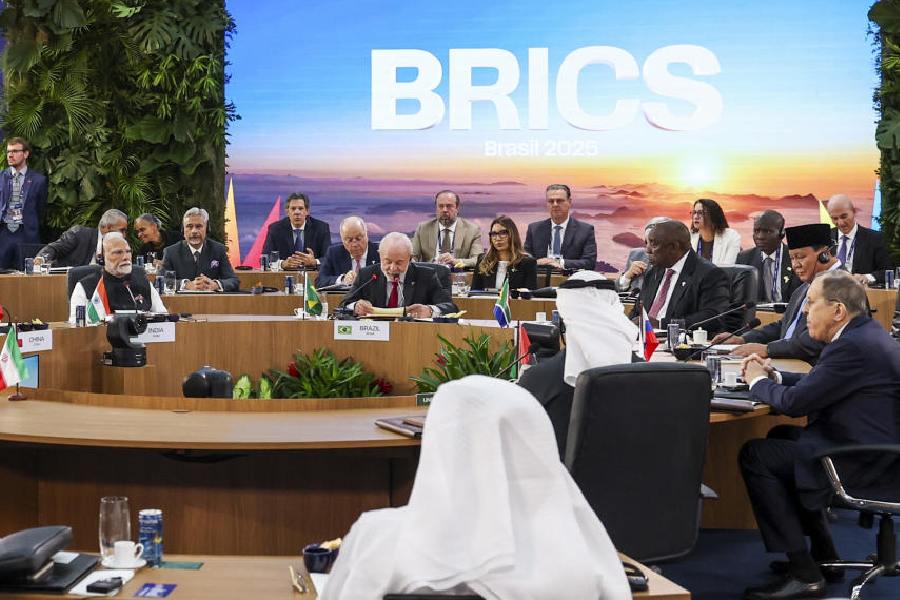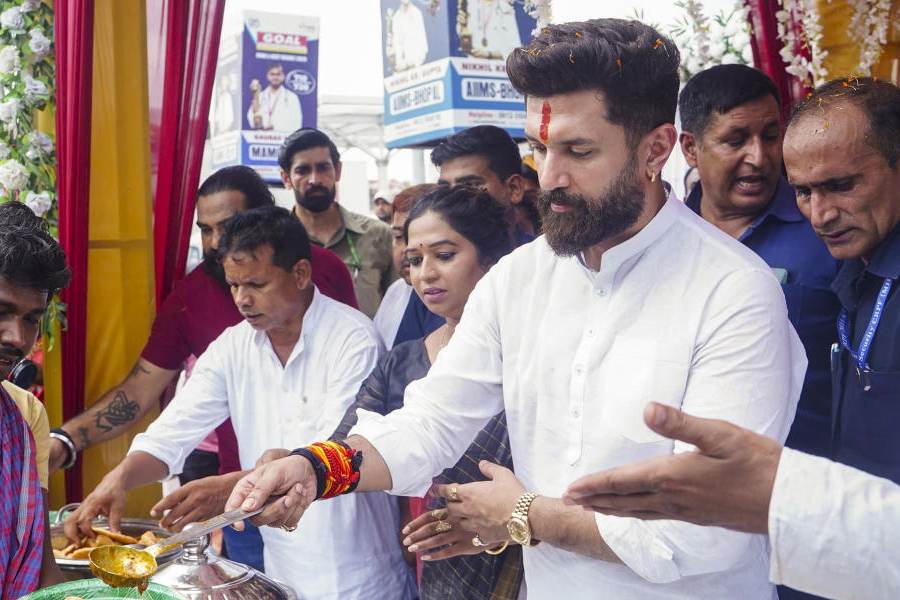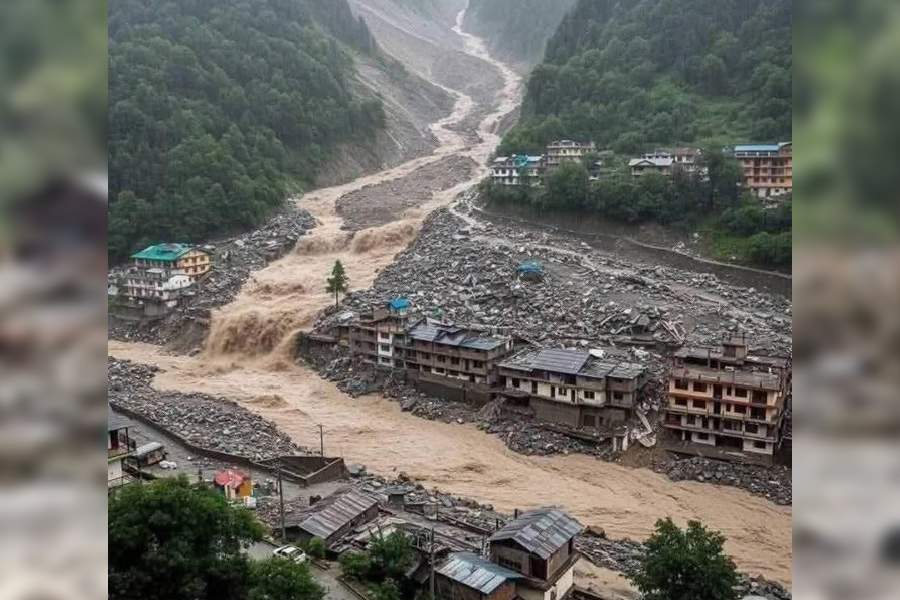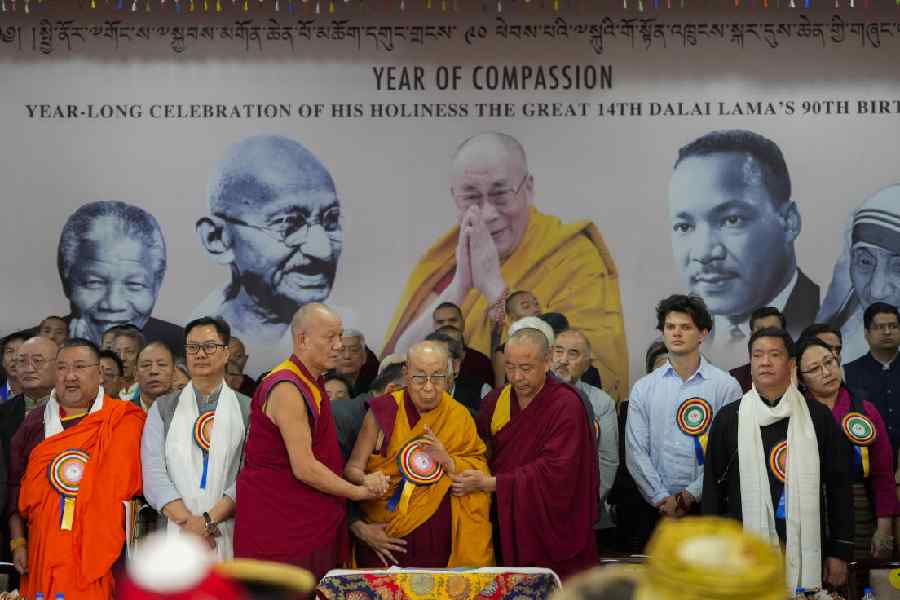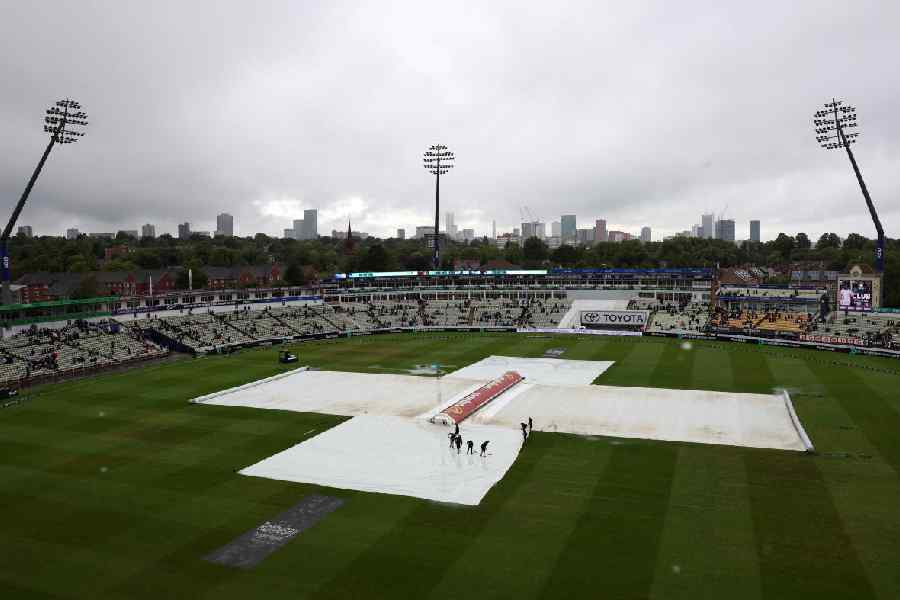 |
| Masonic temple at Jamshedpur. Picture by Bhola Prasad |
The fear that the red single-storeyed building resting innocently under the shade of a tree on the Hill View Road evokes, is a wonder.
The giant myths surrounding the small structure — a Masonic Temple or a Masonic lodge, called Lords Tata — is interesting to say the least. But if one looks beyond the local lore of “mysterious” lodge happenings, there are more interesting tales of Freemasonry and lodges that this structure is intertwined to by default.
To begin with, Freemasonry is a fraternal organisation whose membership is “held together by shared moral and metaphysical ideals and by a constitutional declaration of belief in a Supreme Being”(Wikipedia).
Its precise origins have been lost in time. However, its tradition dates back to the Middle Ages and to stonemasons, who built cathedrals and castles in Europe. To construct them, it was necessary for men to have considerable knowledge of geometry, arithmetic and engineering. Thus, highly skilled masons formed themselves into lodges to protect the secrets of their trade and to pass their knowledge on to worthy apprentices. Importantly, the men were not bondsmen (slaves), hence the word “free” in Freemasonry.
Often considered a “secret society”, it is more a society that is understood by few, and misunderstood by many. Today, it is run by men (rarely by women), who lead their lives on principles of integrity, goodwill and charity. And they are (needless to add) not necessarily freemasons.
The city’s Masonic temple was established in 1868 and its members are known as Brothers or Freemasons.
In India there are 360-odd lodges across major cities, with 86 in eastern India and a concentration of lodges (basic organisation of the group and also a building) in southern India. In Jharkhand, there are five temples — two in Jamshedpur and one each in Ranchi, Dhanbad and Bokaro — with the eastern headquarters based in Calcutta and national headquarters in New Delhi. Former Chief Justice of Andhra Pradesh High Court is the Grand Master of Masonic Temples across India.
Coming back to the local offshoot of a global organisation, lodge secretary Swadesh Ranjan Mahanty says: “I used to share my friends’ fears regarding the lodge during my schooldays. But, all the tales I heard were works of active minds. Misconception among people about the temple should be erased.”
He added: “We make no distinction among members. The 32 of us meet as Brothers and work to make the society better.”
Like every old-world organisation in Jamshedpur, this organisation is exclusively for the men, though as Mahanty puts in, talks are on to include women.
“We meet every second Saturday. We deliver lectures centering on our efforts to make better beings. We discuss our functioning and chart out our future plans. Like every organisation, here, too, there are some customs, such as black trousers, white shirt, black tie and black shoes are compulsory during a meeting,” he adds. It is these black-tie traditions, along with a “hush-hush” flavour that lends it its mystery and makes it oh-so-interesting and “suspicious”.
But men like J.J. Irani, former managing director of Tata Steel, his father-in-law M.N. Siganporia, S.M. Khurana, former general manager of Tata Motors and A.D. Baijal, vice-president of Tata Steel, who functioned as Masters (heads) of this institution, were least daunted. Nor were people like Mahanty.
“Members generally pool in money to keep things going. Local corporate houses take care of the dinner parties that are organised after a new Master takes over. Otherwise we contribute money to organise functions,” he says before adding: “We limit our social programmes due to lack of resources. Unlike cities like Calcutta and Delhi, where polyclinics are regularly organised by lodges, we are forced to work slowly.”
For now efforts are on to induct new blood — with vision — and rope in better corporate sponsorship.
The noble and charitable work notwithstanding, Mahanty stops to narrate a funny tale, which goes on to show the fear (of all things masonic) that stems from knowing so little.
“I had been to Kharagpur some years ago to visit the Masonic Temple there. There was nobody to guide me, however, a rickshawpuller came to my rescue. Though he looked confused at first, he soon understood when I asked for the bhoot bangla,” says Mahanty laughing.


